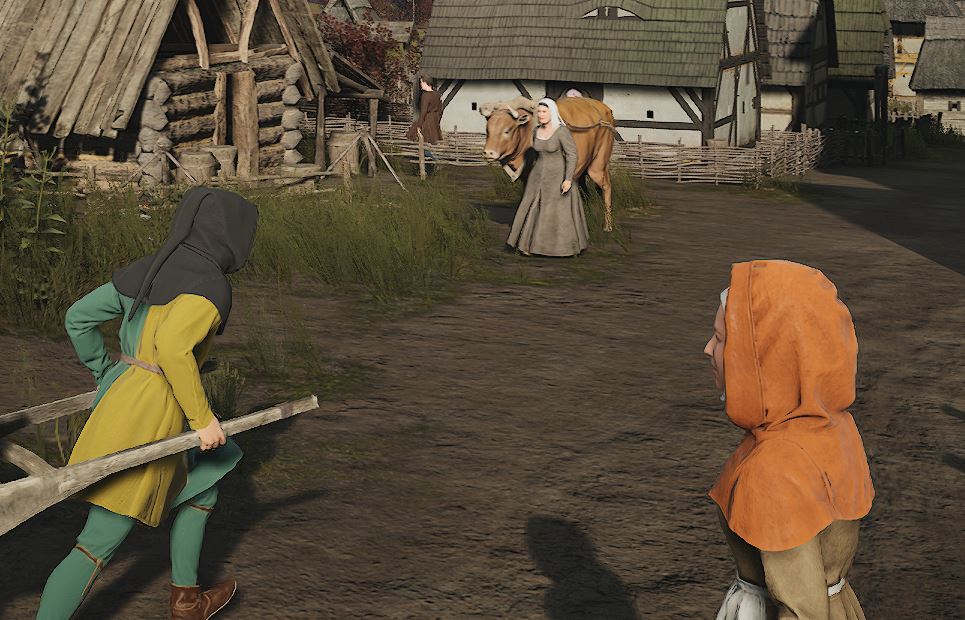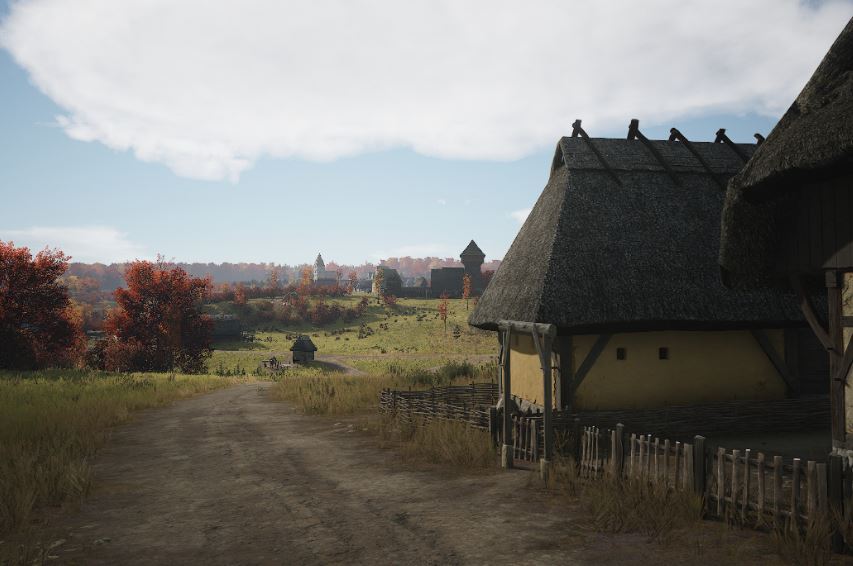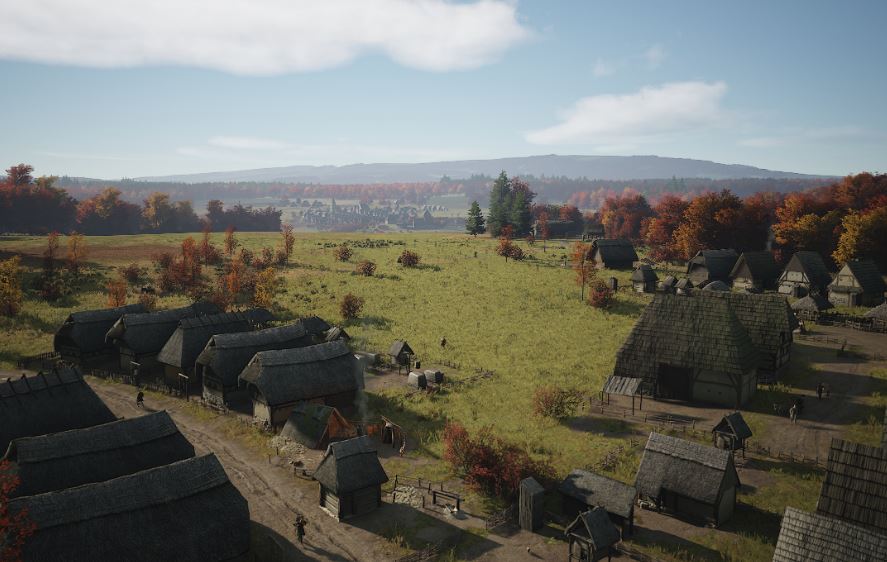Manor Lords: Analysis of Various Food Profits
Berries
Taking a 64-unit berry bush as an example, I haven’t observed the 128 and 256 units berry bushes yet.
The quantity of berry bushes increases three times in March, April, and May, and twice in June. The increase depends on the existing quantity, with more increase for lower quantities. When the quantity is less than 5, it will be increased by 40 units; for quantities between 10 and 20, it will increase to around 48 units, and for quantities between 20 and 30, it will increase to around 50 units.

Therefore, for a 64-unit berry bush, the maximum annual yield is 11 times * 40 units = 440 units. However, when there are not enough people to harvest before each increase, it will be less than this value. Based on my observation, one household can collect approximately 300 units in total, while two households can collect about 360 units.

Chicken Coop
One egg per household per month, that’s it.
Vegetable Garden
There are several rules for the vegetable garden:
Unlike farms that require plowing before each sowing, the vegetable garden only needs to be plowed once when it is first built. After each harvest, a new vegetable is planted and begins to grow;
Harvesting takes priority over plowing – residents will harvest when the vegetables are ripe, and then plow afterwards;
One household can harvest approximately 30 units of vegetables per month.
The vegetable garden cannot be plowed or harvested in winter, but the vegetables continue to grow.
As the size of the vegetable garden increases, residents will have more vegetables than they can harvest. Each time the last vegetable of a batch is harvested, a new batch becomes ripe, resulting in an annual yield of approximately 9 months * 30 units = 270 units. An overflowing vegetable garden looks like this:
The side length of the vegetable garden in the above illustration is approximately 6 castle plots wide and is more than sufficient. Residents will harvest from March until November, starting with the leftovers from the previous year in August and the newly grown vegetables in September.

Apple Orchard
The apple orchard does not require plowing or sowing; it only involves growth and harvesting. When the apple orchard is completed, the entire backyard is filled with apple trees. Harvesting takes place only in September, and the yield depends on the number of apples ready for harvest.
For one household, with a sufficiently large area, the initial annual output is approximately 40 units/year for the first three years, and then triples to around 120 units/year from the fourth year onwards. By October, the household will no longer harvest. Therefore, the apple orchard does not need to be very large.
For a setup with one plot shared by two households, the numbers mentioned above double. Initially, the annual yield is 80 units/year for the first three years, increasing to 240 units/year thereafter. An apple orchard capable of yielding 240 units annually looks like this:
The 435 apples in the illustration represent a yield of 40 units in the first year, 80 units after adding one household, and 240 units in the fourth year, totaling 440 units.
Farmland
I haven’t thoroughly studied the profits from farmland, but I have the following insights to share:
Sometimes the yield of farmland is exceptionally low, such as expecting 100 units but suddenly dropping to 10 in August. This seems to be due to a drought (the game doesn’t provide a prompt, but sometimes the surface turns light yellow in August and back to green in September, indicating a drought). There are two solutions: 1) Acquire the irrigation skill to avoid extremely low yields; 2) Use “Force Early Harvest” in July or August. If the farmland was sown in November of the previous year, early harvesting in August will not result in much loss of yield.
If your two farmlands are too far apart and you choose to build a farm shed for each plot, be sure to “assign work areas” to both farmlands. Otherwise, you may witness a worker from one farm shed running from a distant field to another to harvest crops and transport them back to their own farm shed.